|
|
|
|
Species Photo Gallery for Scaphytopius cinereus No Common Name |
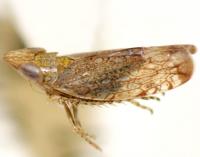 | Photo by: Kyle Kittelberger
Out Of State Co.
Comment: NCSU specimen | 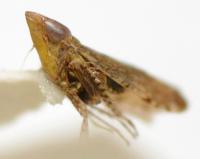 | Photo by: Kyle Kittelberger
Out Of State Co.
Comment: NCSU specimen |
 | Photo by: Kyle Kittelberger
Out Of State Co.
Comment: NCSU specimen |

 »
»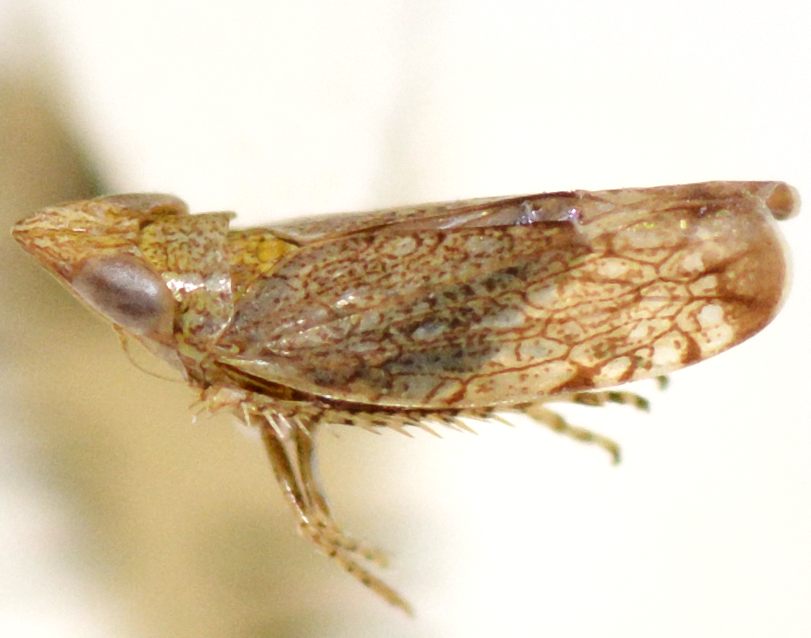
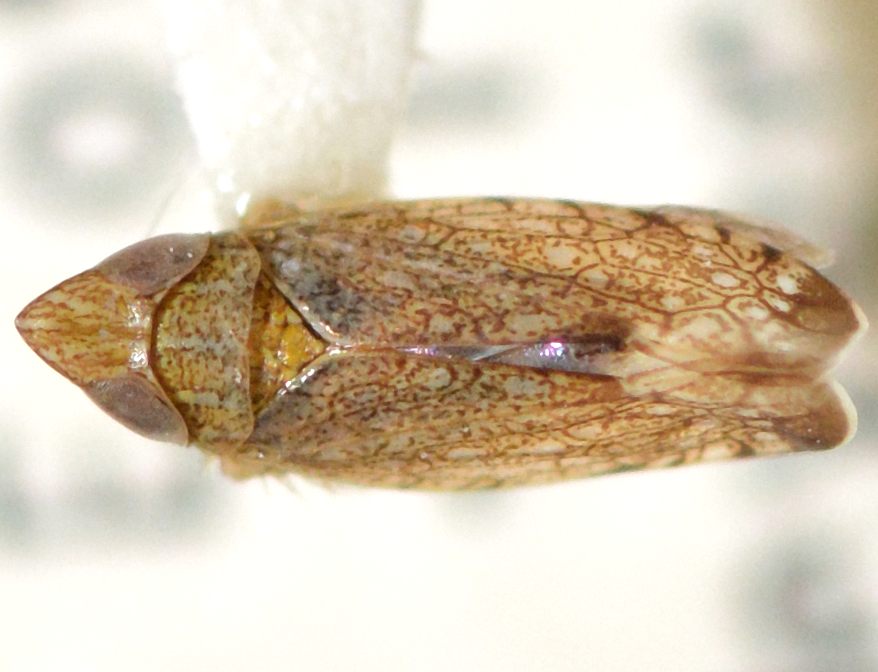
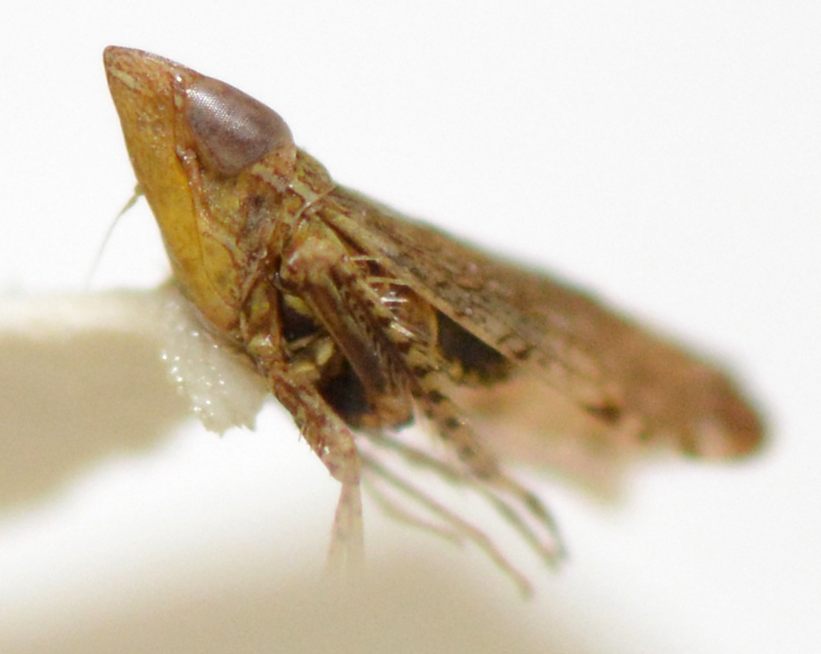

 »
»

